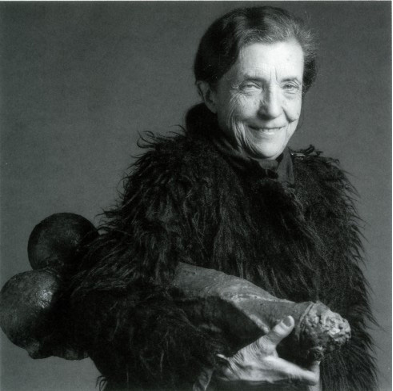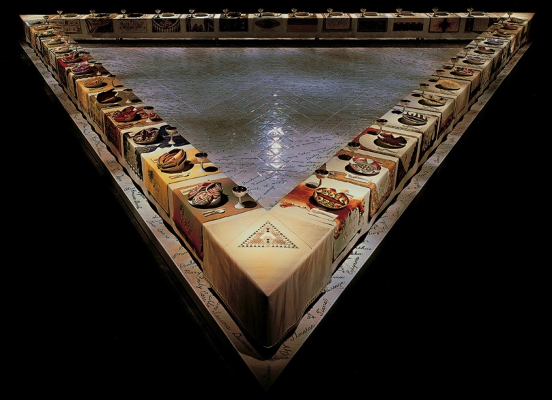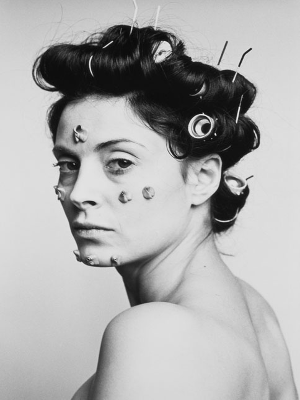Feminist art in USA 1970-1990
Feminism explodes in the USA in 1970 and runs through society as a high speed train. In the 1970’s and 1980’s, feminist artists make feminist art on female identity and la condition féminine. This art is very radical and innovative. These artists reject all classic (male) painting and sculpture and opt for new genres: performance-art, video-art, photography and installations. They create (new) female images and express female emotionality and sexuality. For a long time, these artists are mocked as “hysterical women”. In 2007, feminist art historians document and exhibit feminist art 1970-1990 in a major conmemoration of feminism in art in the USA. Suddenly, the feminist art 1970-1990 is recognised as the most important post-war art movement and the basis of contemporary art. Great artists such as Hannah Wilke, Ana Mendieta, Judy Chicago and Nancy Spero become famous. And of course, Louise Bourgeois – at 72 years old – gets her very first major exhibit in 1982 at the MOMA. Cindy Sherman and Barbara Kruger can break through in the 1980’s because their work is more conceptual and rational. It is constructed around images of female archetypes.



